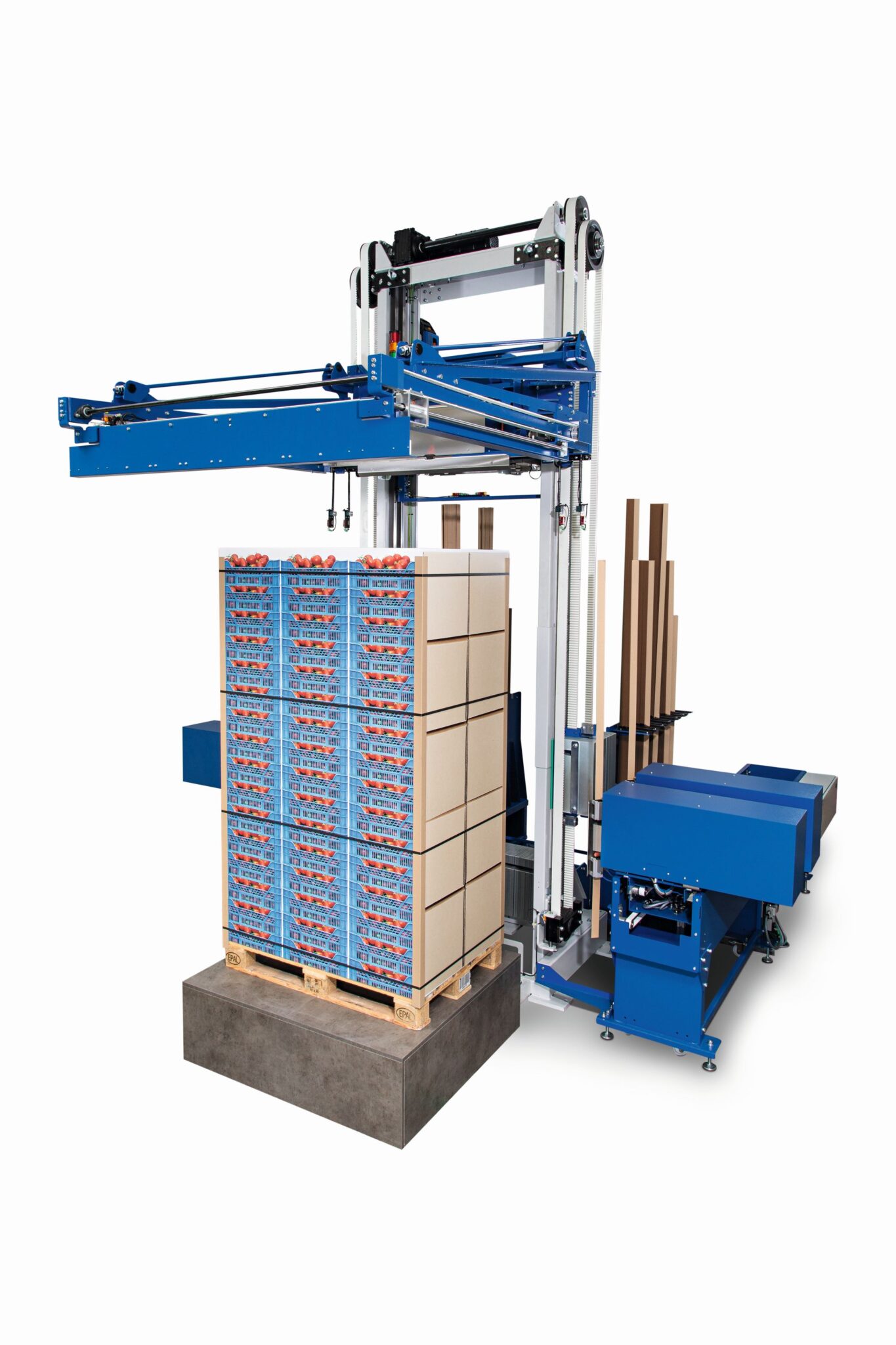Heat-treated wooden components will be temporarily allowed for the repair of wooden pallets and packaging, increasing options for businesses who want to grow their capacity of ISPM15-compliant wooden packaging material (WPM) before the final Brexit deadline on December 31, 2020.
The new measure was proposed by the UK Government and also approved by the devolved governments on a temporary basis to help raise stocks of compliant WPM in the weeks remaining before the cut-off date, and in the first half of next year. This is because, as the UK Government has stated, from January 1, 2021 ‘it will be a legal requirement for all wood packaging material moving in both directions between UK and the EU to be compliant with a treatment and mark as specified in the International Standard for Phytosanitary measures No 15 (ISPM15).’
Accordingly, the ‘temporary easement’ addendum to the UK Wood Packaging Material Marking Programme (UKWPMMP), which governs ISPM15 in the country, now permits the additional option of ISPM15 repairs to avoid ‘the total retreatment of pallets after repair’, as required by the original regulations. The easement is open only to existing members of the UKWPMMP and their approved sites and will be subject to them fulfilling the terms and conditions of the addendum. It will be valid until July 31, 2021.
John Dye, President of the Timber Packaging & Pallet Confederation, said: “We support this temporary addendum to the UKWPMMP. It is a further step forward in our industry’s preparations for Brexit, which will give companies the ability to repair pallets to ISPM15 standards more rapidly and moves our business further towards its compliance targets.
“Using heat-treated wood for repairs is also more energy efficient as it saves a significant amount of kilning capacity when compared to treating the whole of every repaired pallet. We also expect this measure will encourage an increase in repairs, which in turn will help towards Government targets for reuse.”
Companies wishing to take advantage of the easement change need to declare their intention by emailing the UKWPMMP Secretary, who will update the Forestry Commission inspectors and the relevant auditors; this will ensure the right traceability and plant health obligations continue to be met. There are no additional fees for members of the scheme.








